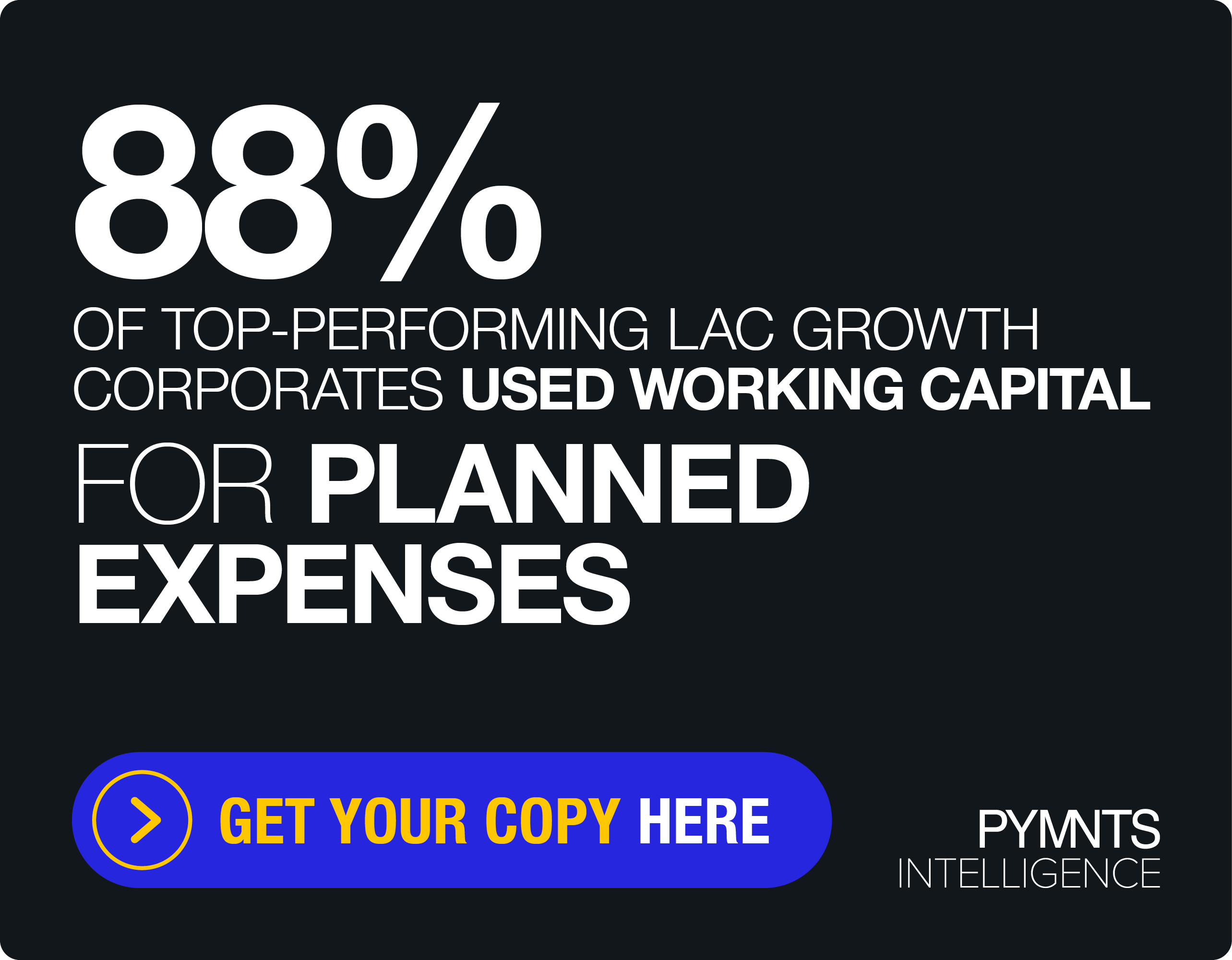Innovators Find ‘White Space’ in Making Business Payments Secure and Certain
B2B transactions play an undeniably crucial in role in shaping the global economy.
And increasingly, technical innovations play an undeniably crucial role in shaping B2B payments.
“What makes B2B payments such a great market is the presence of true white space, which is rare in payments today,” Ben Weiner, senior vice president and global head of B2B payments at Nuvei, told PYMNTS for the “B2B Payments: Outlook 2024” series.
“And that white space comes in the form of paper checks converting into electronic forms of payment,” Weiner said. “This really didn’t get a lot of attention in the broader payments ecosystem for many years, due to the sheer amount of complexity and nuance to solve these equations.”
He added that much of the innovation that’s occurred has happened on the accounts payable (AP) side where companies pay their vendors.
“I think the innovation still to come is on the accounts receivable [AR] side,” he said.
Helping businesses invoice, collect sales and handle reconciliation more efficiently on the back end remains an attractive untapped AR area.
“Think about the ability to collect partial payments on invoices and handle the matching associated with that,” Weiner said.
The Digital Transformation of B2B payments
Key areas of innovation within AP and AR processes include supporting businesses with advanced delivery models involving various payment methods such as electronic invoices, card-not-present transactions, and omnichannel experiences, as well as the perennial B2B frictions endemic to cross-border payments.
And addressing the complexity of even seemingly simple things can have outside benefits.
“Sales tax in the U.S. continues to create so much chaos for companies where they don’t know the final amount of an invoice at the time of the transaction,” Weiner said.
“And that’s even before you get to another theme we’re really excited about, which is the consolidation of accounts receivable and accounts payable into one API in one application layer,” he said.
What’s more, macroeconomic factors are not without their own impact on the priorities of organizations within the B2B payments space — particularly in light of today’s higher-for-longer economic environment.
“When you think about payments, CFOs are focused in three main areas: working capital optimization, money-in or money-out process automation, and reducing risk across the enterprise,” Weiner said.
The evolving payments landscape is increasingly becoming aligned with these priorities.
“It’s about [solutions that] shorten days sales outstanding (DSO) to pull that money forward and in appropriate spots, and lengthen payables outstanding while keeping suppliers happy. Process automations that reduce time or manual interventions and automate tasks,” said Weiner, adding that on the risk side, “there are a few elements.”
“Paper checks are inherently and ironically very risky vehicles. It’s about converting those types of payments into more secure forms like virtual cards, while limiting the risk of manual error or fraud every time a payment is touch by a human,” he said.
Additionally, firms are increasingly looking to consolidate their vendors in order to reduce overall risk by limiting the number of technology vendors that touch their ecosystem, Weiner said — noting that CTOs are increasingly collaborating with CFOs on B2B transformations.
The Innovations That Facilitate Seamless Transactions
The digital transformation of payments has brought about greater visibility and real-time insights into financial operations.
But when it comes to real-time payments, Weiner believes that while they offer advantages in terms of speed and security, they may not be a game-changer in B2B payments, where most transactions are conducted on net terms.
In B2B, “60 days matters, but same day versus next day not so much … That said, I want to be clear that on the consumer side, it is the type of technology that does have the capacity to be a real game changer,” Weiner said.
However, he noted, the focus in B2B is less about the speed of payments and is shifting more to the security and certainty of payments, making real-time payments and ACH increasingly attractive compared to paper checks.
And while net terms — still a staple in small- to medium-sized business (SMB) and mid-market B2B payments — remain relevant, innovation is creating alternatives, including dynamic payment terms and pricing models.
“It ties back to security and certainty of payments … you’re starting to see more evolution into sophisticated delivery models, like 50% paid on delivery of goods,” Weiner said.
Other innovations, including artificial intelligence (AI), have a role to play in evolving B2B payments, too.
“AI is a great tool for payments companies looking to improve the delivery of workflow mechanisms, data mechanisms, and then augment value added services around the transaction,” Weiner said.
“A really great [opportunity area for AI in B2B] is the ability to augment and speed up the process of enrolling suppliers to accept electronic payments, or different forms of electronic payments, which is a really manual and burdensome process today,” he said.
Additional key areas where AI impacts B2B payments include determining which invoices to pay and enhancing accuracy in matching, coding and reconciliation.
“It’s great that B2B payments are now getting the attention they deserve,” Weiner said.
For all PYMNTS B2B coverage, subscribe to the daily B2B Newsletter.

